American Horror Story premiered over ten years ago, and like many shows on the air for that long, it has slipped in its quality.
American Horror Story eventually slipped into more cringe content when it lost sight of the unsettling nature of subtlety in the show. Earlier seasons saw a more gradual build-up to a primary goal, but later seasons reveal the monster too soon, losing its tension. Past seasons like Asylum, Murder House, and Hotel felt centralized in their locations, and this balanced out some of the cringe writing, but the past three seasons have been less self-aware about their writing and how it can come off. Much like with the show Glee, also made by writers Brad Falchuk and Ryan Murphy, it has become ‘a love to hate’ show.
The new spin-off show American Horror Stories has taken a better turn. This time, the anthology aspect of the series is confined to each episode, creating stand-alone stories based on themes from previous American Horror Story seasons. Rather than building to a bigger story, the single episode arc allows for less pressure and more fun. The satirical approach of some of the episodes creates a fun environment in contrast to the more serious ones. Overall, the series has improved upon a new structure for the original series that has run its course.
Below, we rank each season of American Horror Story, from worst to best.
Spoilers for all seasons of American Horror Story are below.
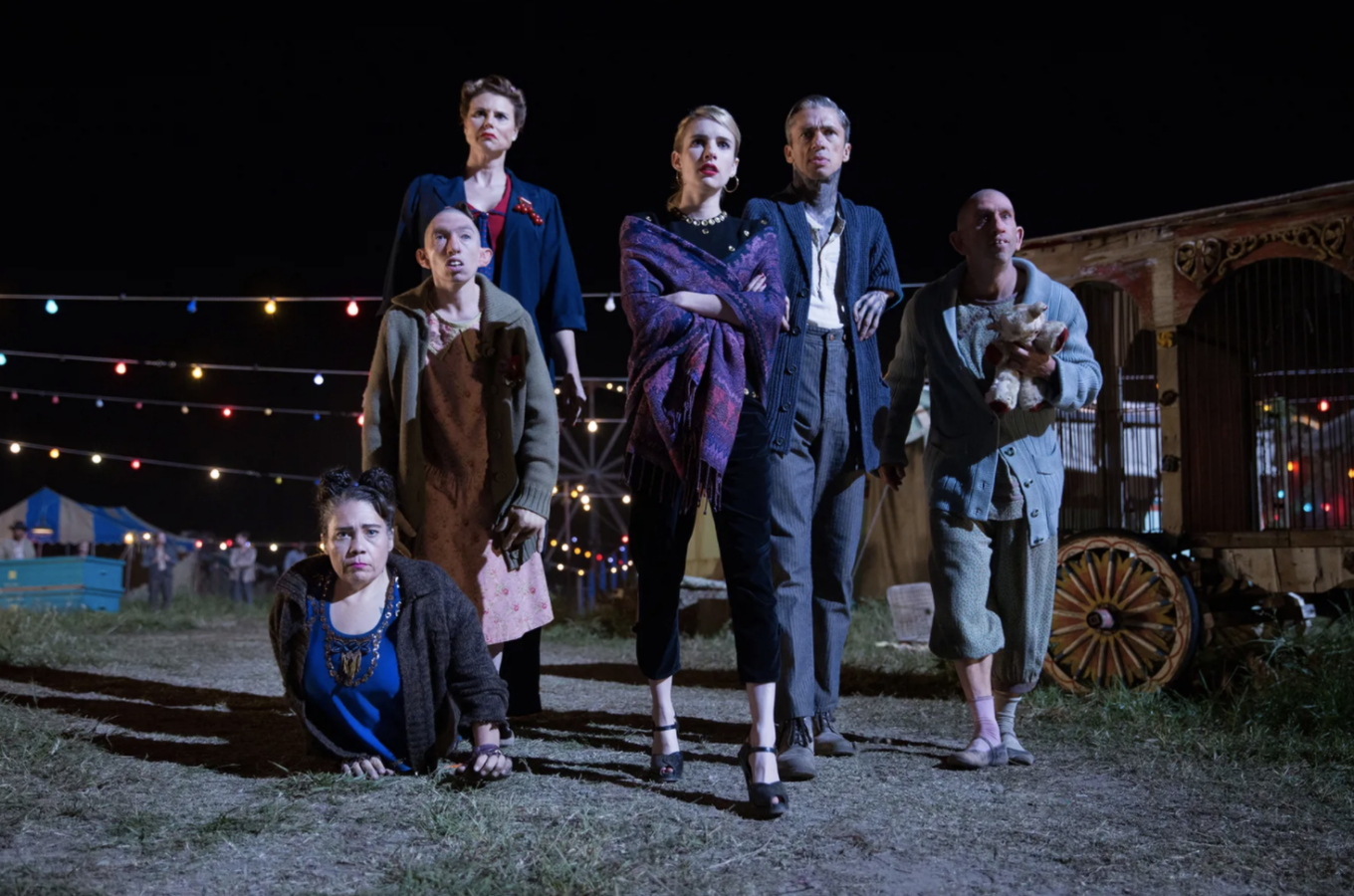
10. American Horror Story: Freak Show (Season 4)
This might be a controversial opinion to put this as the worst season, but the characters of this season felt less like a stitched-together cast, in a season where they should be considering the bond of their so-called “freakiness.” Instead, they operate more like singular characters.
Evan Peters’ character this season was two-dimensional, and almost the entire cast gets killed by the end of the season. The season had the perfect formula to discuss classism, with the way the freaks are targeted around every corner, and the creation of Dandy (Finn Wittrock) as a serial killer, who’s rich, could’ve been the perfect discussion of the victimization of the poor, but the ball was dropped. Not much fun can be had when the characters are killed off left and right by less than favorable villains like Dandy.
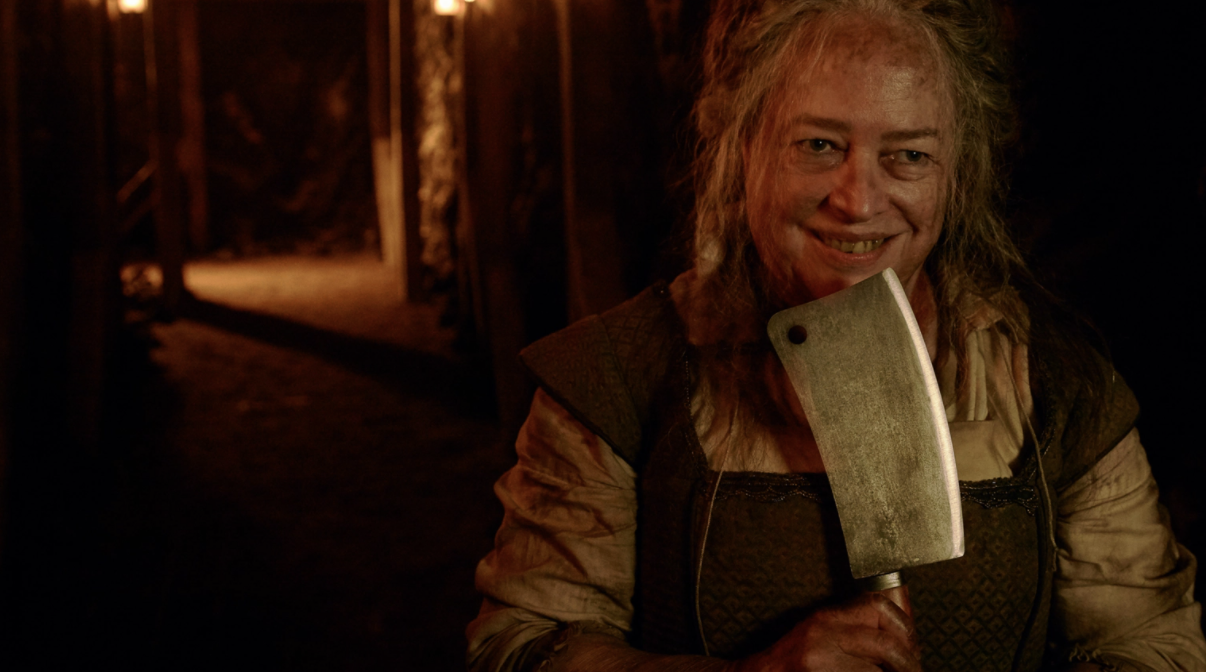
9. American Horror Story: Roanoke (Season 6)
Roanoke was the true start of the downfall for the show, as the first few episodes were framed as a reality show, much to the audience’s confusion. The show up until that point had themes that were solidified and, more specifically, kept to an aesthetic dependent on the season. Roanoke was more of a joke than scary, and the gore of the season was more unsettling than it should’ve been. Roanoke had some points it clearly wanted to make about the fear of perception, but it lost its ability to do this when the hacking and slashing and cannibalism are around every corner. There was no reasonable justification for the violence, but Evan Peters in a powdered wig makes it ten times better than Freak Show.
Advertisement
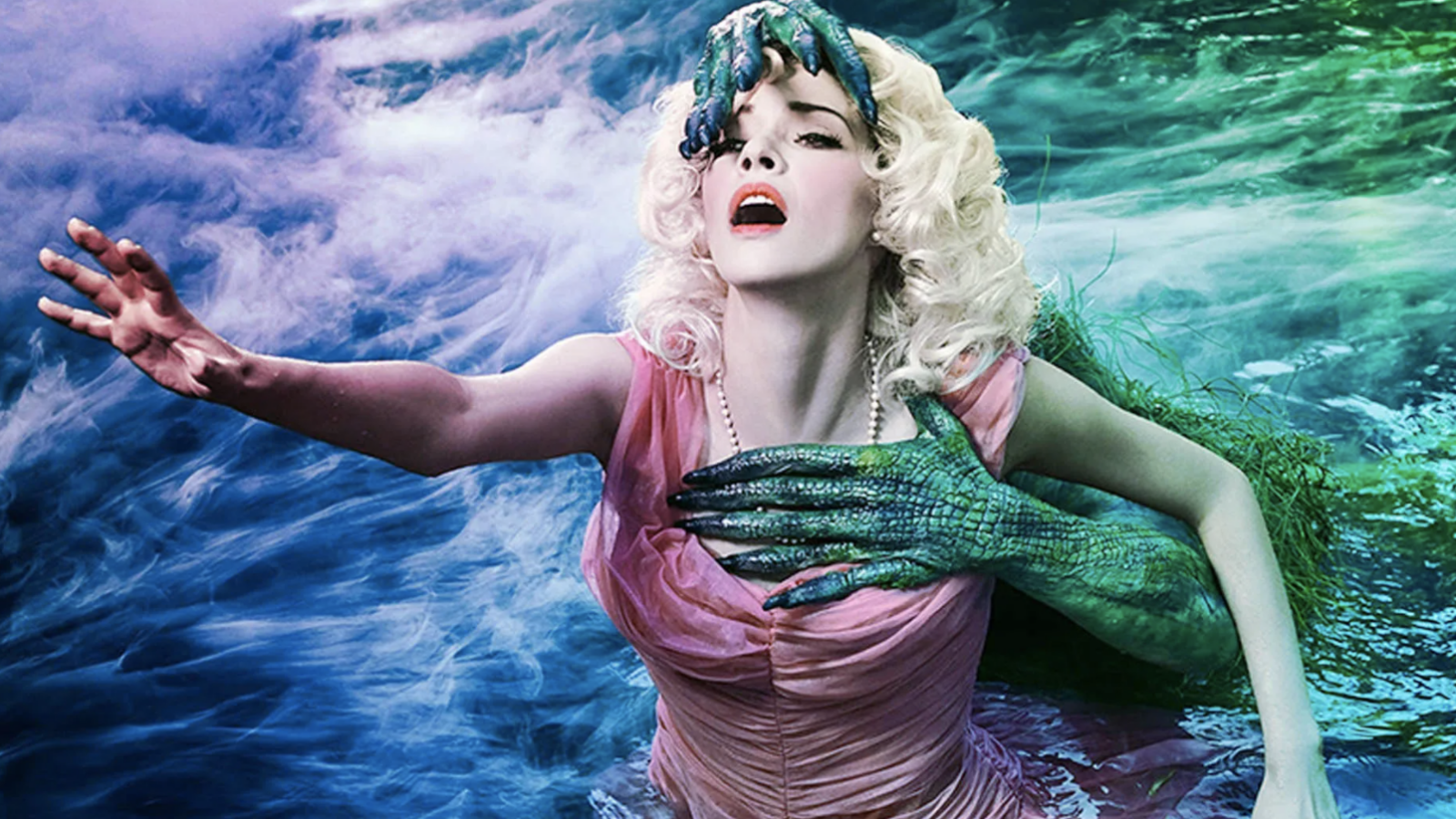
8. American Horror Story: Double Feature (Season 10)
The current season is the definition of camp—it has more meme-worthy moments than ever before. Finn Wittroc’s character storms around like a child screaming at his family for existing, and the season hasn’t come to any sort of intellectual commentary. Rather than give us characters you can engage with, you’re more inclined to laugh at their pain and suffering. It gets points for entertainment factors, though.
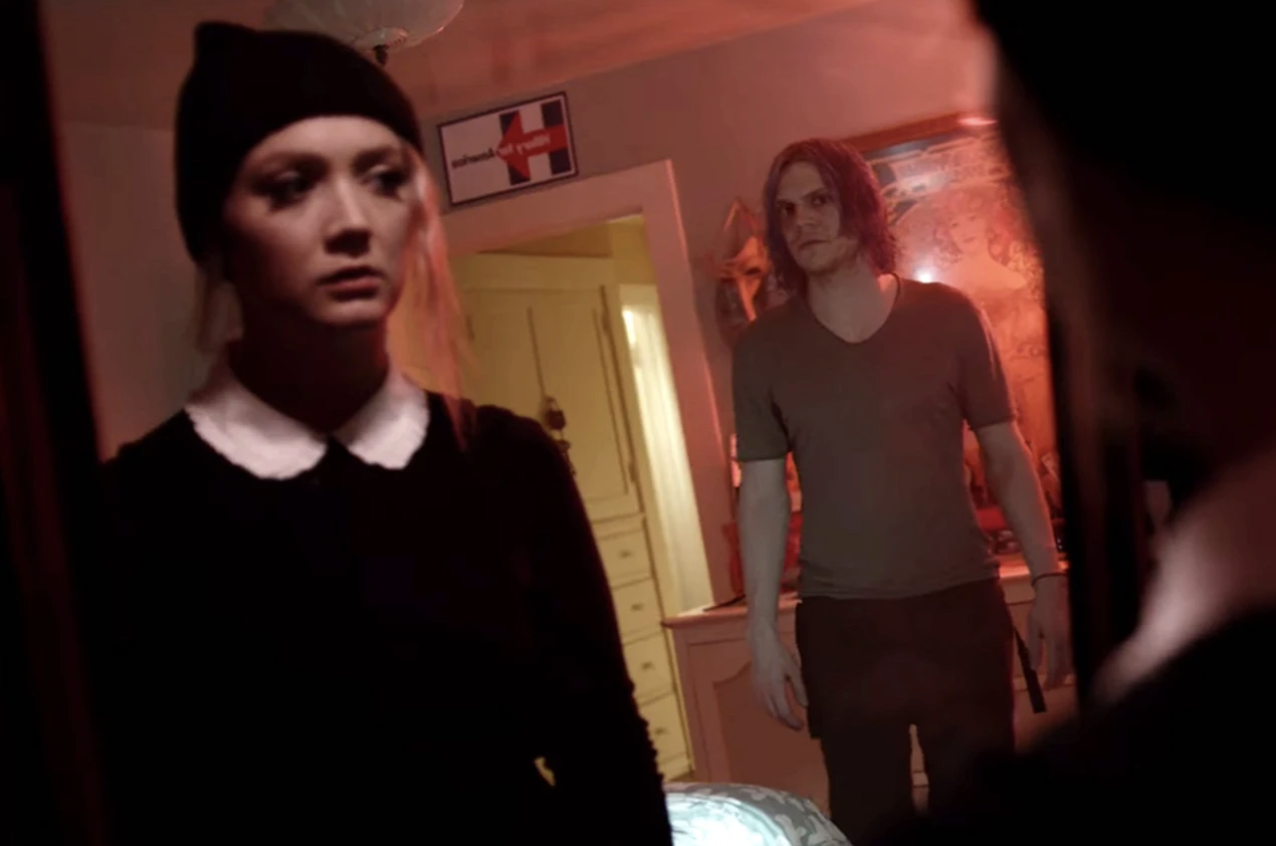
7. American Horror Story: Cult (Season 7)
Cult‘s plotline was more convoluted but felt like a reaction to the 2016 United States presidential election, making an interesting commentary on politics in America in a way that engaged with the material. Seeing how the show dealt with how unlikeable politics could make people, this season was a commentary on how people hid their true selves. The scene with all of the cult leaders from history was too much, as it weakened the season’s commentary by being too on the nose, rather than a discussion of the reactionary behavior of that year.
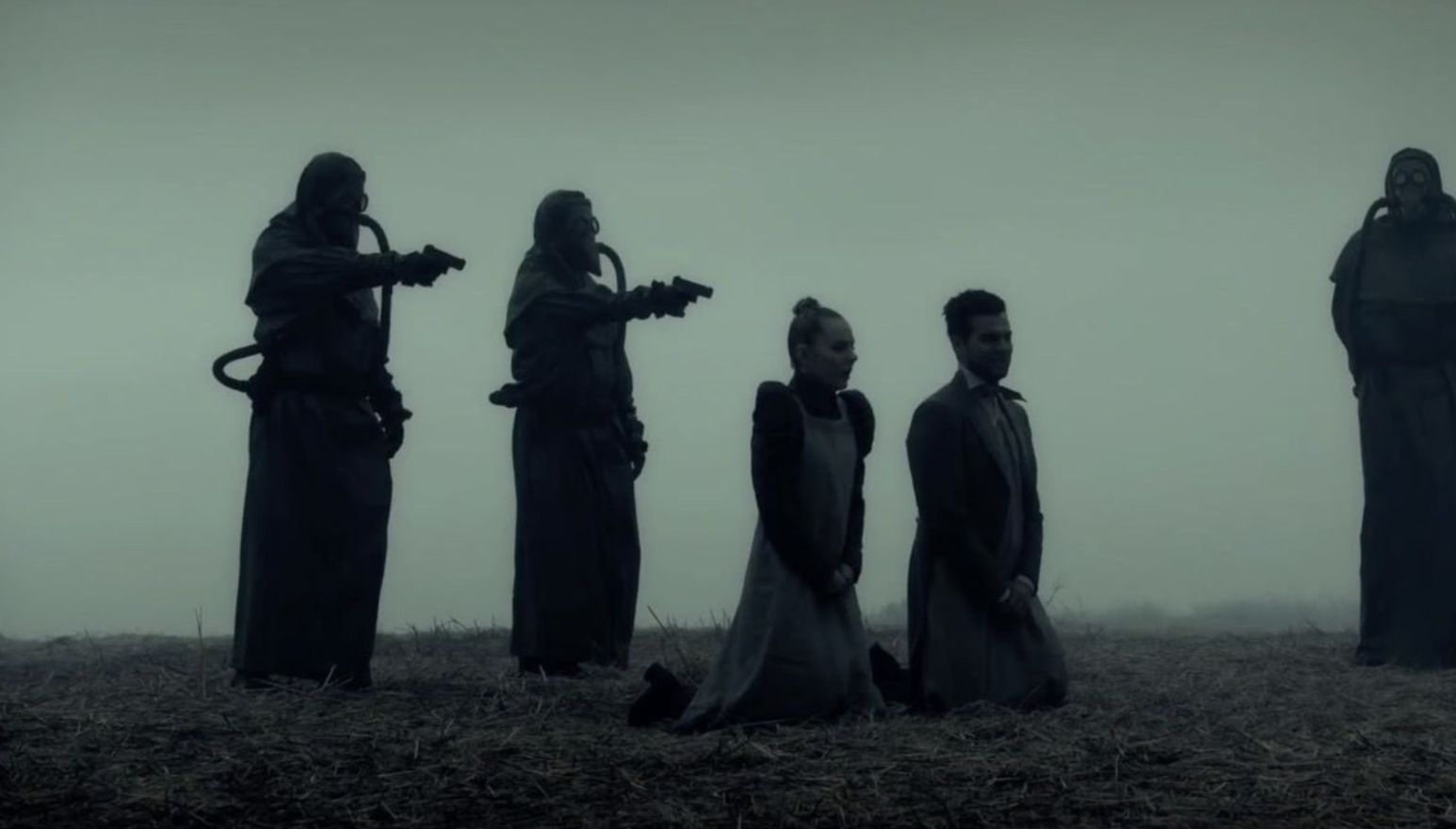
6. American Horror Story: Apocalypse (Season 8)
The first half of Apocalypse was underwhelming. The premise was confusing and was initially marketed as a crossover for Murder House and Coven. However, the beloved characters of those seasons only showed up in the latter half of the season. Once the storyline for Apocalypse was clear, it made sense why the season was set up as it was, unlike Roanoke which didn’t deliver the same clarity, although it did ride on the coattails of Murder House and Coven. The twisting of previous beloved characters to survive again, like Madison Montgomery (Emma Roberts) who felt like her storyline was completed in Coven already.
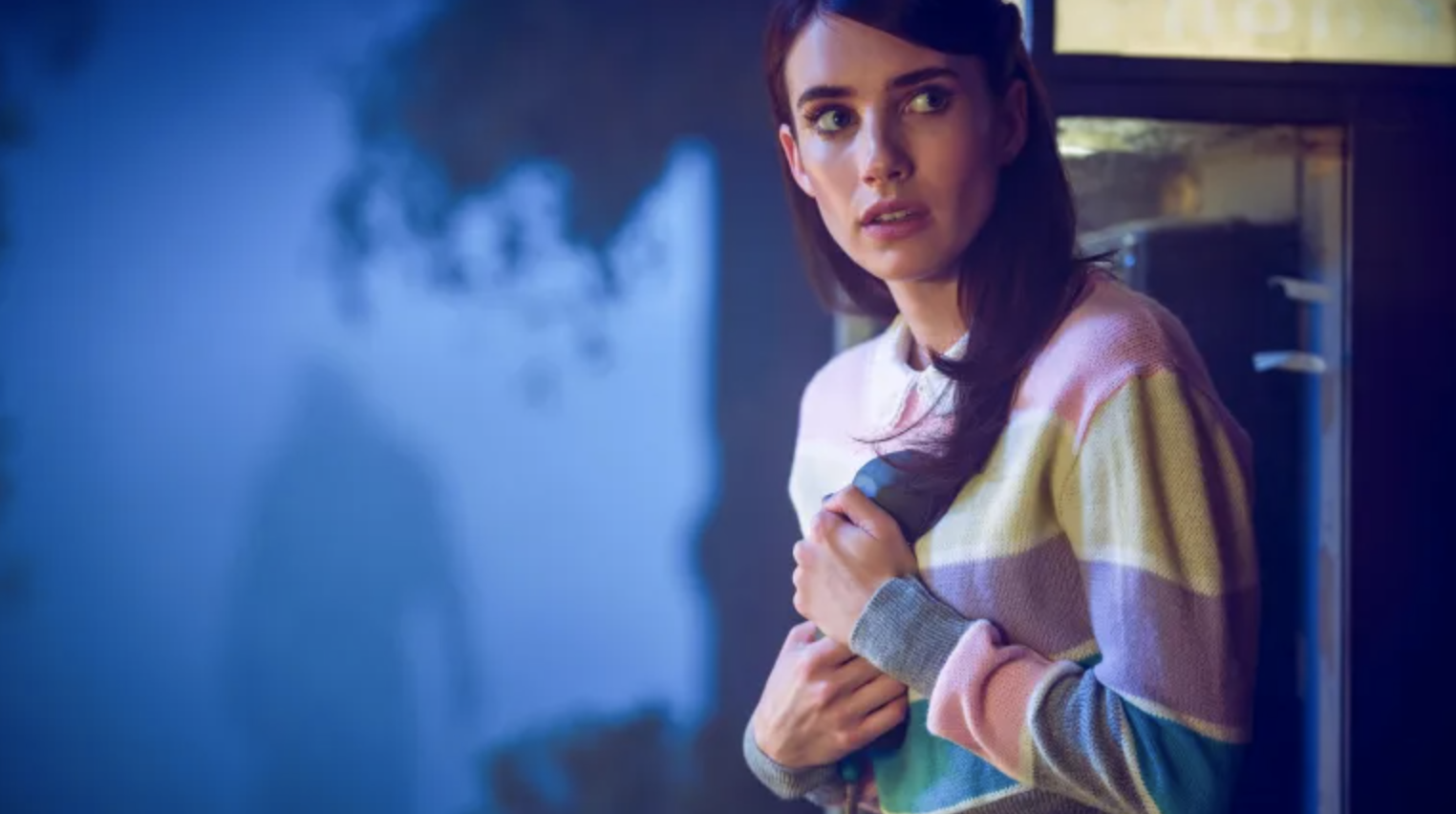
5. American Horror Story: 1984 (Season 9)
Another controversial pick on my part, 1984 is a homage to 1980s summer slashers, with the perfect mix of characters to root for both when they live and when die. The season had strong storylines, especially with the layers of killers, creating the ultimate slasher. Montana (Billie Lourd) steals the season even though she is not the main character, optimizing the 80s intensity of a young woman, and while she’s dead for half the season, she takes the role of a powerful woman slashing and maiming her way through the season. The downside for this season was the inclusion of Richard Ramirez (Zach Villa), who had already made an appearance on the show, and didn’t add anything to the season. Like with any slasher, the fun is seeing characters’ you don’t like die.
Advertisement
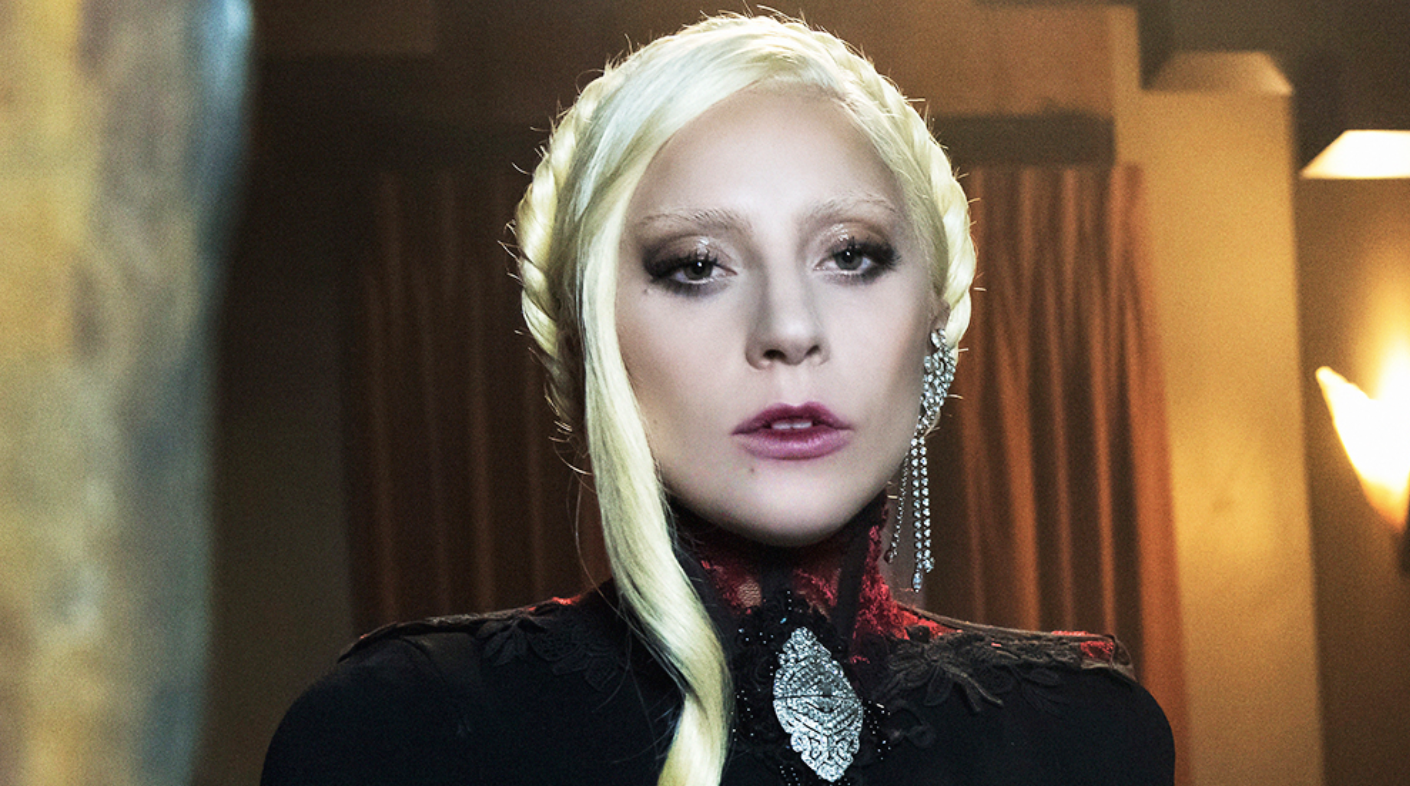
4. American Horror Story: Hotel (Season 5)
The first season without Jessica Lange was headed by Lady Gaga, and has the best vignette feeling of the whole series. The only reason it’s not higher on this list is because of the plotlines involving Detective John Lowe (Wes Bentley) and his wife, Alex (Chloe Sevigny). The characters don’t feel like a family, and instead, the Hotel is the central part of the season. Lady Gaga stole the entire show with her timeless feeling, fitting perfectly for the vampiric creature she was supposed to be. The Countess is elegant just like Lady Gaga, and steals the entire show. Centering many of the characters in the Art-Deco Hotel Cortez, mirroring the 1920s, gives the show a classic feeling.
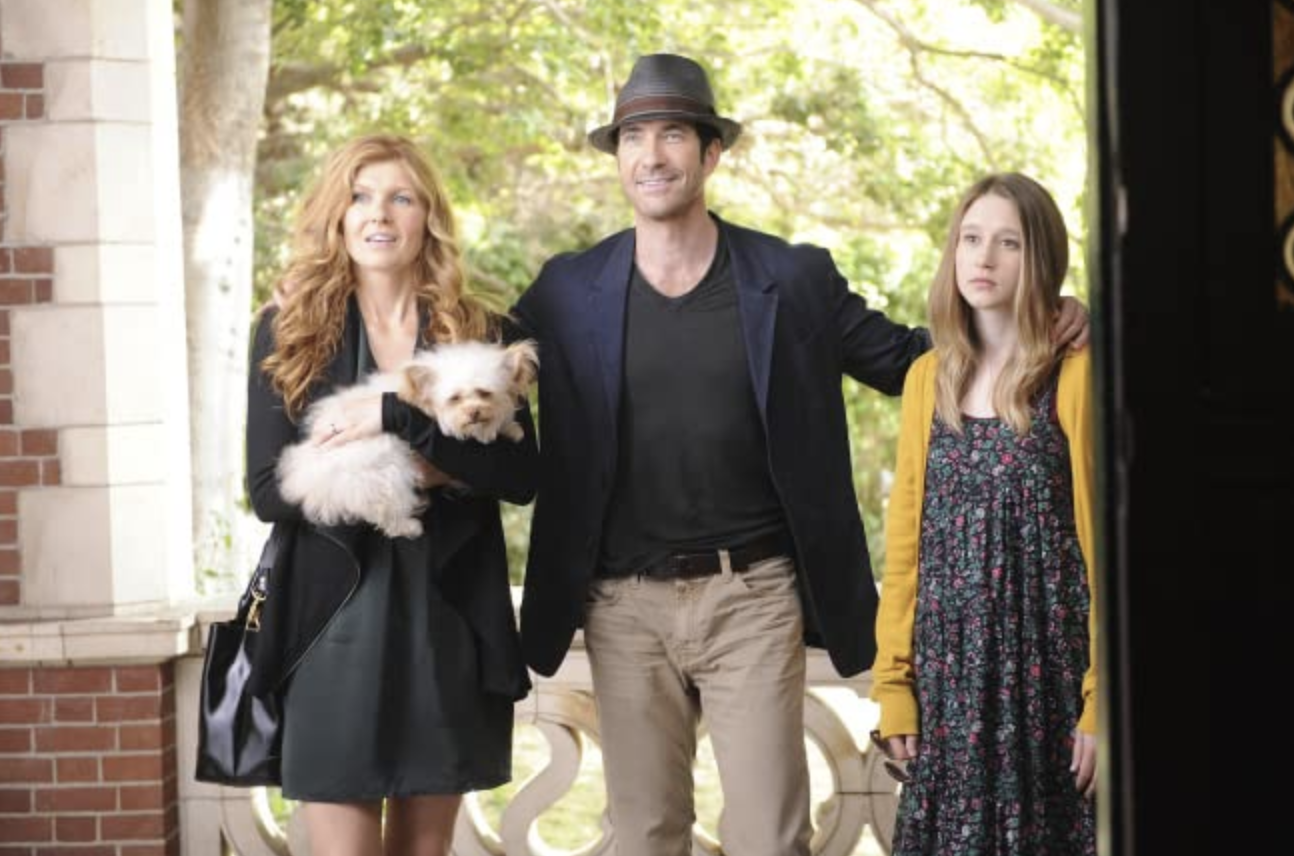
3. American Horror Story: Murder House (Season 1)
The show’s first season still had not found its voice but understood how to create a broken family like the Harmons. The centralization of the characters on a location is what American Horror Story does best, all starting with this season. At the time of its premiere, it was a new kind of series, bringing horror into the home, that stepped outside of the “Found-Footage” style of horror that was so popular in the early 2010s. A bit tone-deaf for 2021, with the school violence scenes, and some lackluster writing (see Ben Harmon’s character as a whole), the show displayed coherency and plot that had been lacking in scary films for a long time. Taissa Farmiga burst out into the scene with her role as Violet Harmon and captured the hearts of angsty teens everywhere.
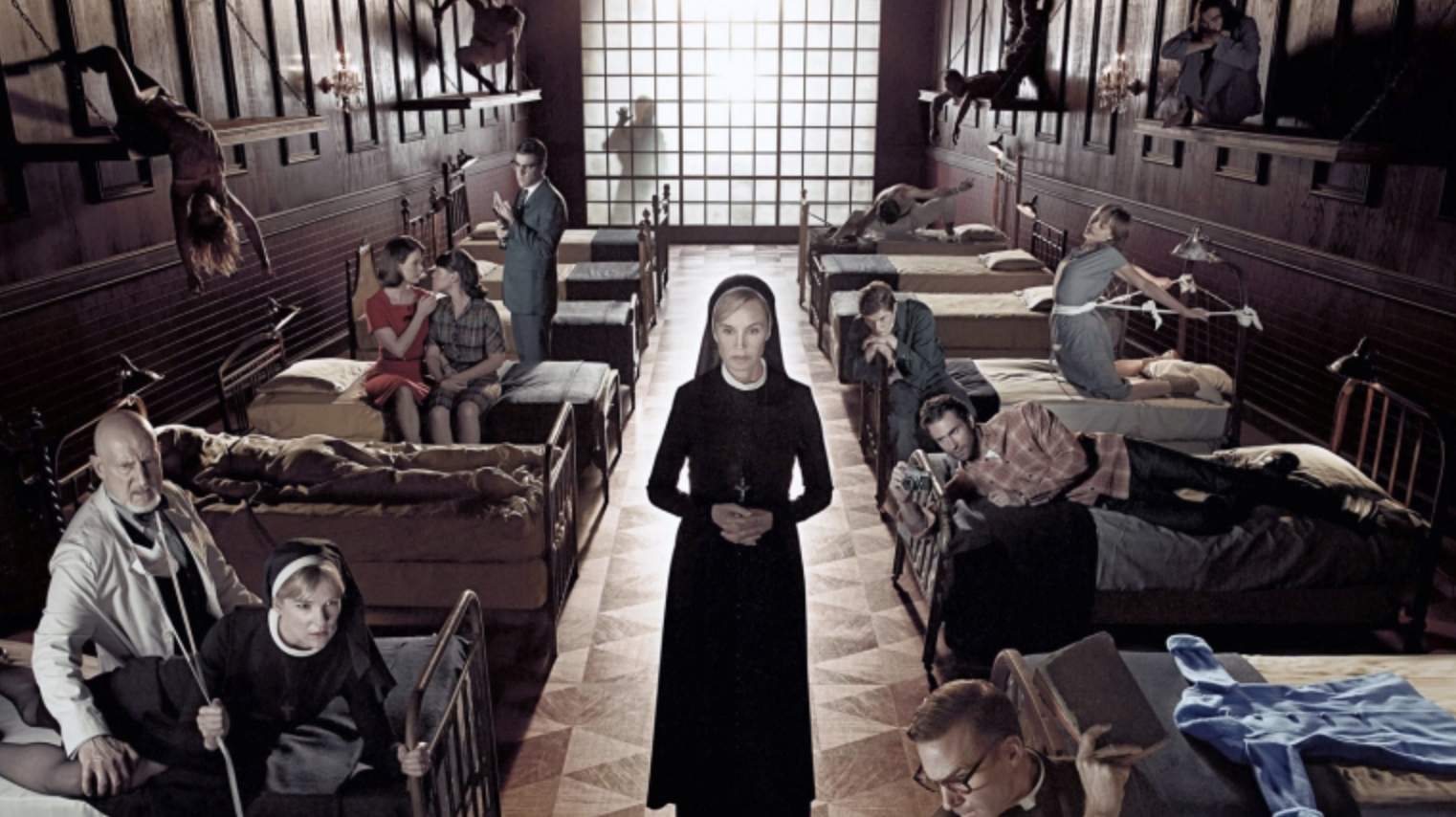
2. American Horror Story: Asylum (Season 2)
Asylum has some of the most compelling thematic elements. With the connectivity between the characters, they felt like a family by its end, making the story a journey for both the viewer and characters. Unlike Twisty the Clown and Dandy from Freak Show, Bloody Face (Zachary Quinto) was an exciting killer. This season, the theme of women’s ambition was displayed through Jessica Lange’s Sister Jude and Sarah Paulson’s Lana Winters, making use of a predominantly female cast, even when the show was based in 1964, just prior to The Civil Rights Act. The gritty filming of the show made the scenes feel just as dirty as the content it was portraying, showing the start of the aesthetic that it would later solidify.
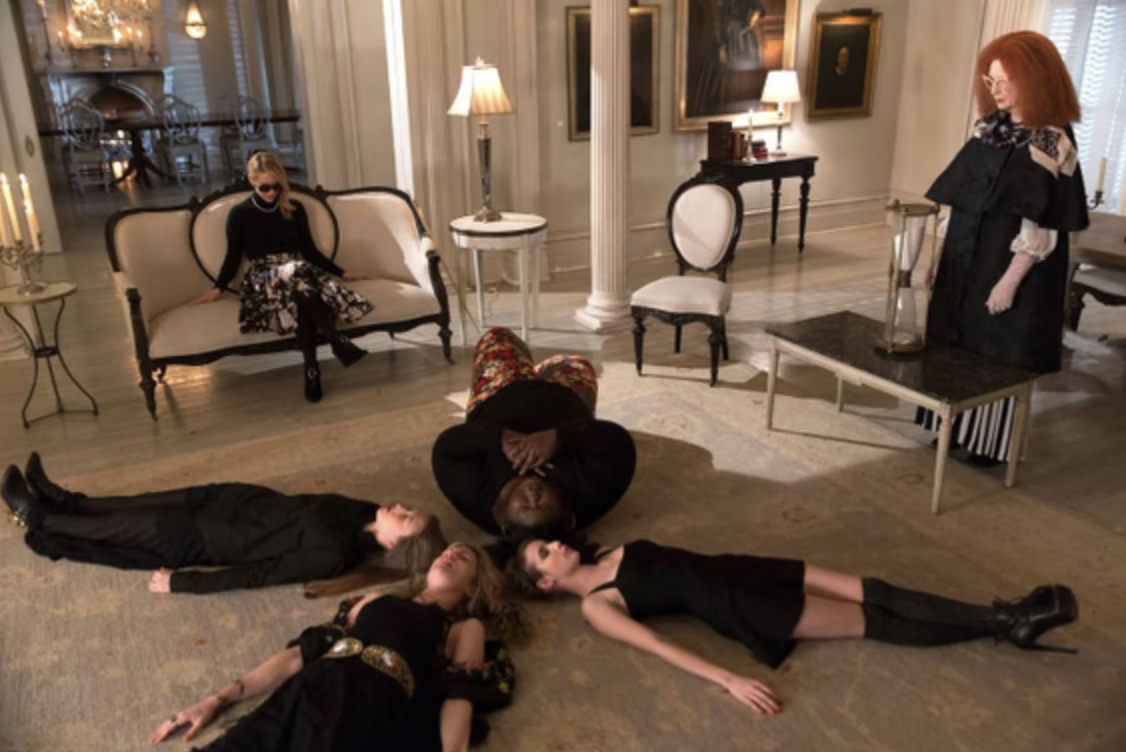
1. American Horror Story: Coven (Season 3)
The best season of the series, Coven combines the aesthetic of witchcraft, often treated as an exclusionary white idea, and takes the talents of Angela Bassett as the Voodo Queen and provides an interesting conversation on race, while also building a world of magic in New Orleans. Each character is very different from the other, yet the season still presents them as a mystical force to be reckoned with. The most solidified in its plotline, no threads were left loose, making it a perfect example of what American Horror Story is capable of.
Advertisement
Advertisement







